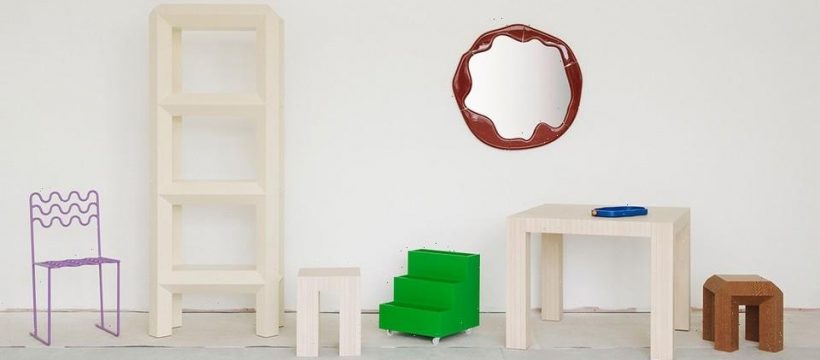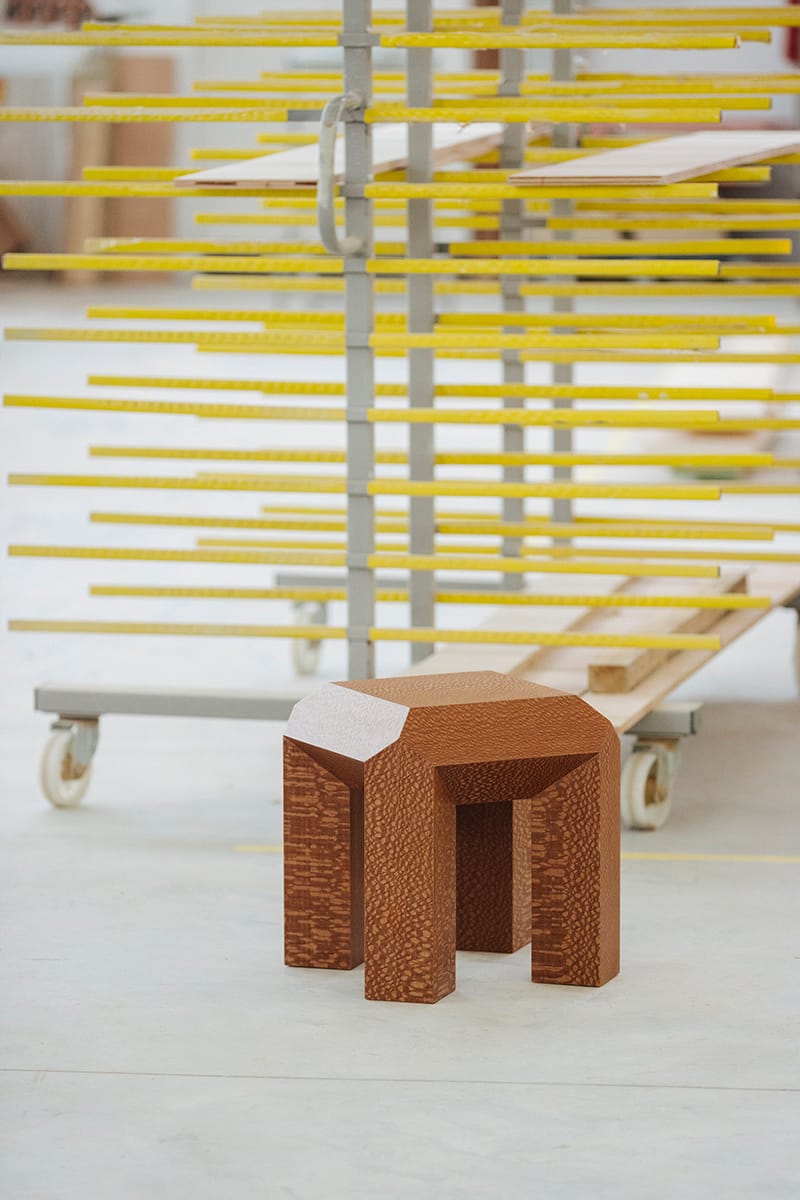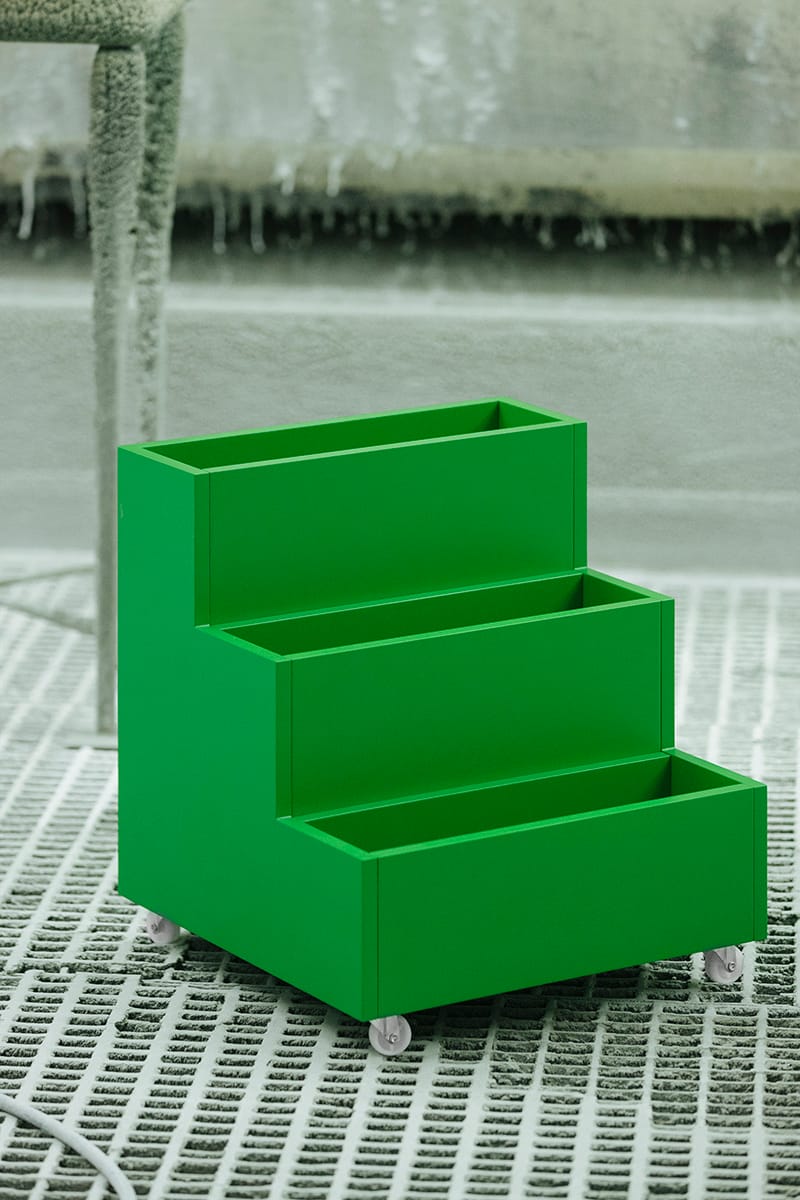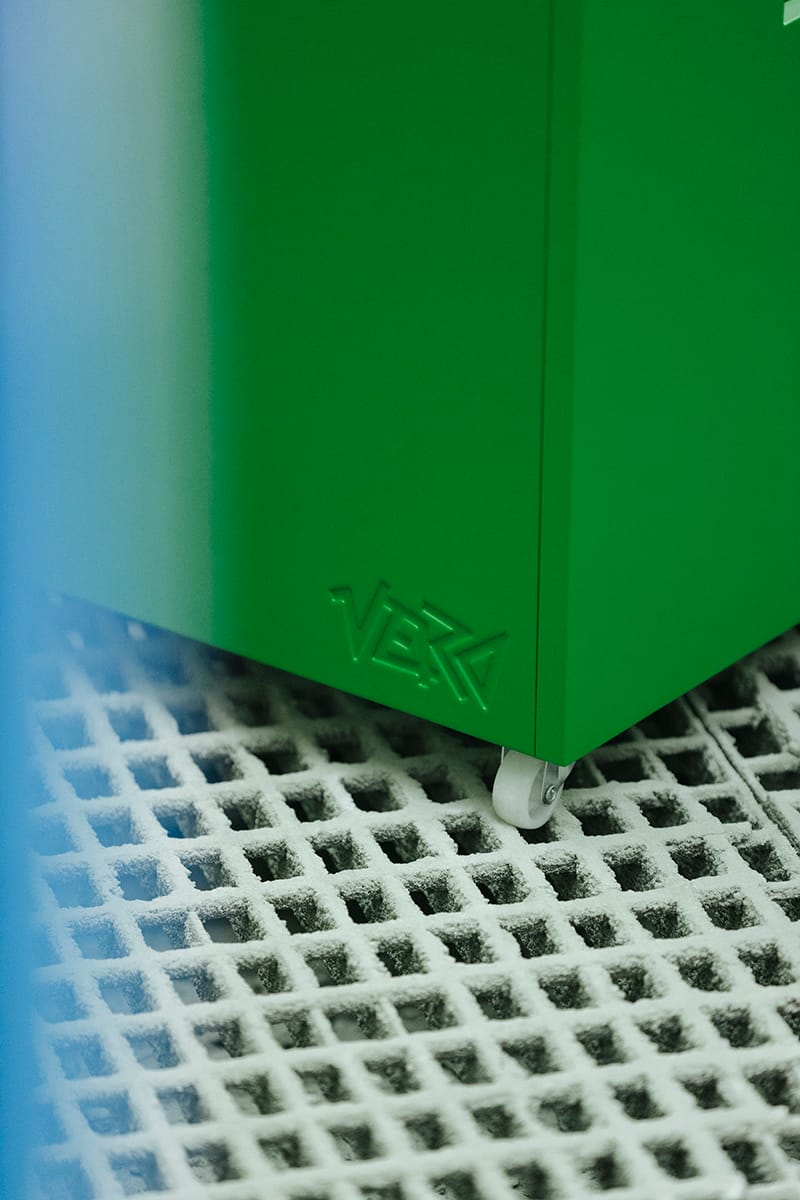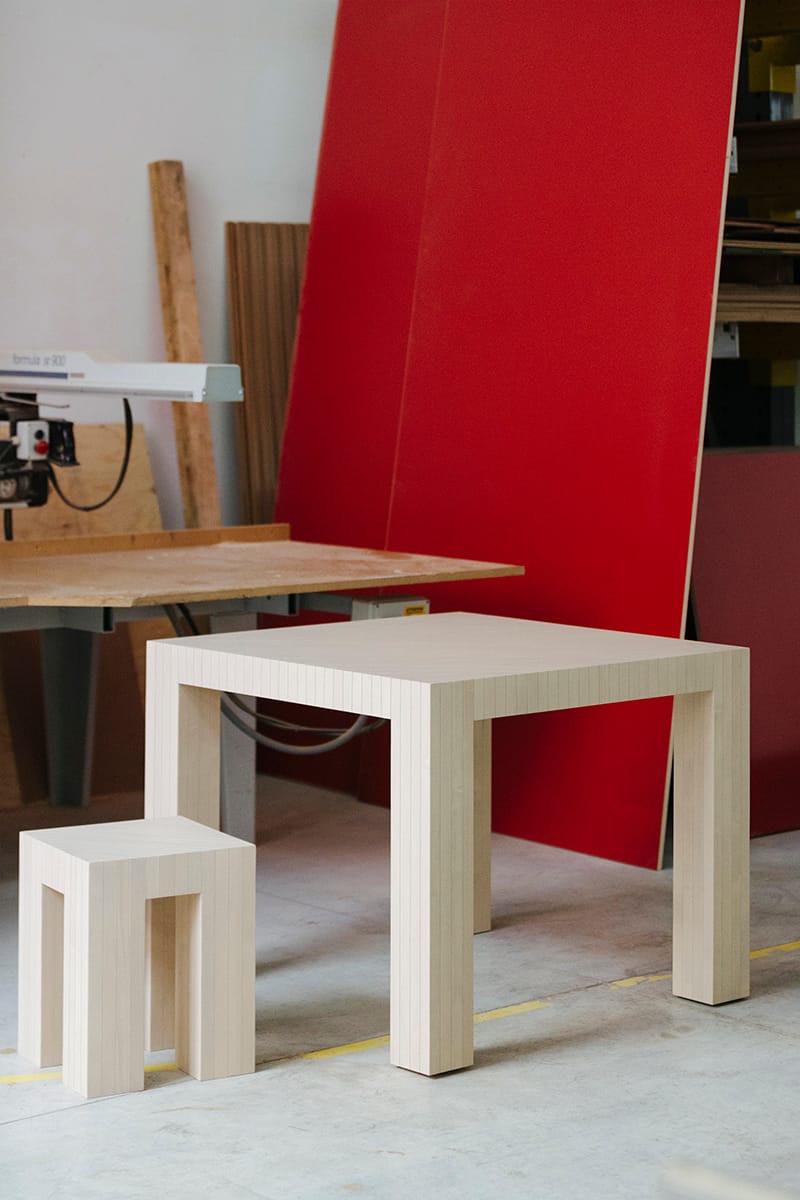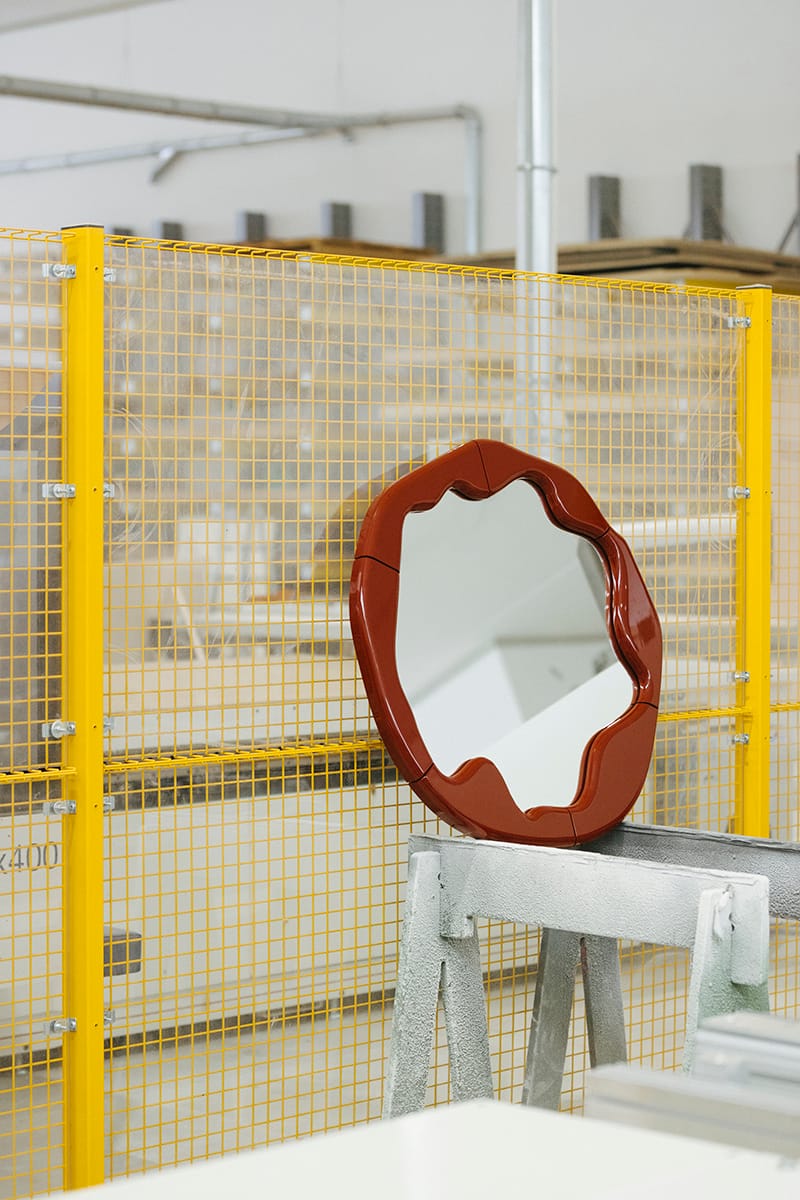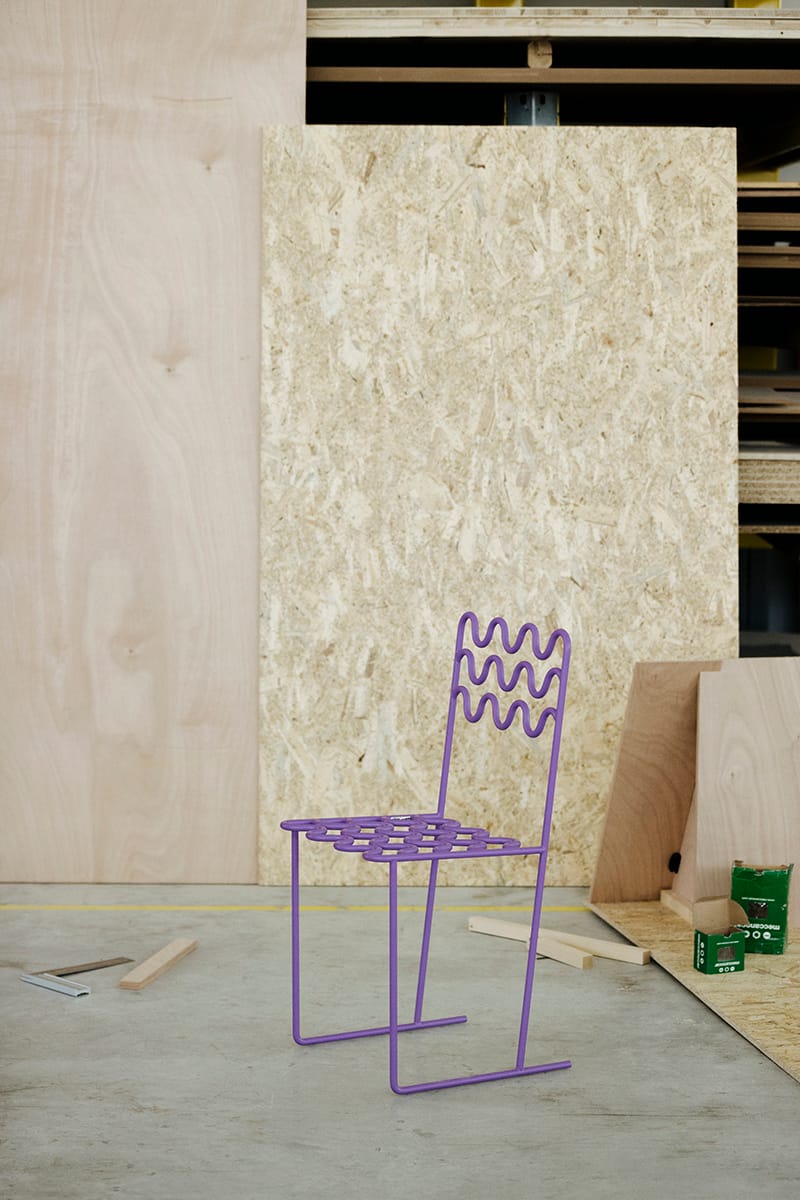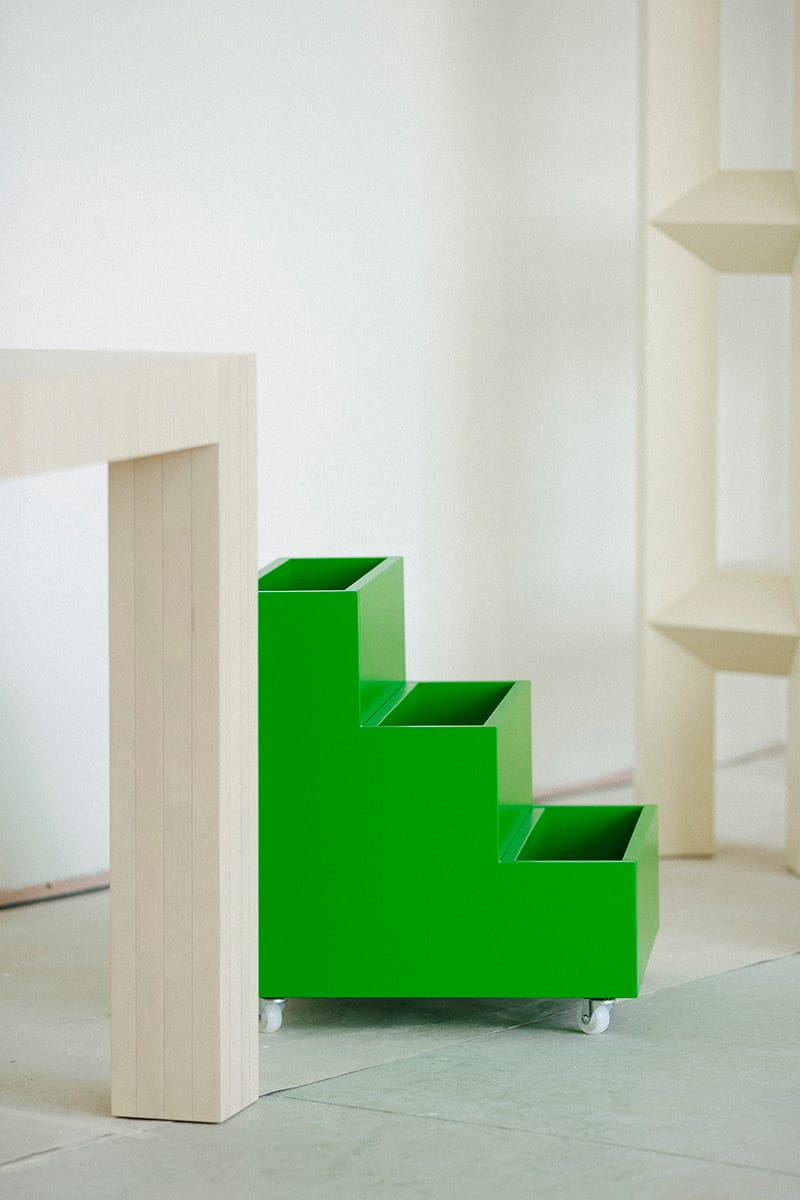When it comes to furniture design, Italian brands have rightfully earned a resounding reputation for knowing how to get it right. Now, a newcomer named “Vero” has launched with a collection that harks back to the spirit of the region’s design identity, while being equipped for making objects in the ever-changing modern world.
Translating from Italian to “truth”, Vero is the result of a collaboration between founder Pasquale Apolonnio and creative directors Simona Flaccoe and Riccardo Crenna. Its first collection gathers together a group of six studios: CARA\DAVIDE, Fredrik Paulsen, Marco Campardo, Natalia Criado, Federica Elmo, and a617. Each has created pieces that are distinctly useful, but with an aesthetic more suited to high-end, collectible design. Stools, bookcases, chairs, tables, mirrors and magazine racks are each made with sustainability in mind. Manufacturing is hyper-local, and is based around Vero’s production site in the heart of Puglia and a dense surrounding network of local suppliers and skilled artisans.
1 of 6
Matteo Bianchessi2 of 6
Matteo Bianchessi3 of 6
Matteo Bianchessi4 of 6
Matteo Bianchessi5 of 6
Matteo Bianchessi6 of 6
>
Matteo Bianchessi
CARA\DAVIDE, a Milan-based multidisciplinary studio made up of Cara Judd and Davide Gramatica, has created two pieces for the collection. A stool and bookcase both follow a similar aesthetic, and feature pronounced edges that are angled at 45 degrees. Keen to exert simplicity through their designs, the pair reference children’s interpretations of the items as a starting point, with rudimentary shapes providing inspiration for their final forms. London-based Marco Campardo has similarly created two pieces inspired by the same theme, but instead looked to the construction method of cross-laminated timber to create his stool and table. Elsewhere, Fredrik Paulsen focused on bringing the fun when creating his chair for the collection. The Stockholm-based designer, known for his use of colour, spray painted the “D1-FP-C01” in a bold purple hue, and created sinuous shapes across its seat and back.
The collection is completed by three colourful pieces from three different Milanese studios. Natalia Criado’s bright blue tray was informed by the Italian word “onda”, meaning wave; Federica Elmo’s deep red mirror takes on a form that straddles the line of being a liquid or solid; and finally, a617’s green magazine rack feels simultaneously modern and retro.
To find out more about the brand’s origins and ambitions, we sat down with creative directors Riccardo Crenna and Simona Flacco.
Vero founders Riccardo Crenna and Simona Flacco
HYPEBEAST: You describe Vero as being the “spokesperson for real Italian design”. What do you mean by this?
Vero wants to contribute to a new era of Italian design by going back to experimentation, taking risks, putting research back at the centre with a pioneering spirit, and reinventing the local know-how with an international approach. The turning point is to not consider a boundary between communication, product and corporate identity. Vero wants to be an example of our working philosophy according to which a brand must not only respond to the needs of a sector but to the values of contemporary society. Contributing to a change that you feel necessary is possible when you have a clear vision and the right team with which to build, step by step, a path to make it a reality.
How do you differ from brands already on the market?
We are putting into practice choices that seem to break with the sector: Vero works by drop, it is ready to order, and shipping takes place in two to four days. In every theoretical and practical choice we are taking into account the real needs of people who on the one hand need to feel part of something bigger, of a shared value system, but on the other hand don’t want to wait eight weeks to receive home decor.1 of 5
Matteo Bianchessi2 of 5
Matteo Bianchessi3 of 5
Matteo Bianchessi4 of 5
Matteo Bianchessi5 of 5
Matteo Bianchessi
How did you select the designers for the first collection?
We have selected designers with different backgrounds, personalities and distinctive design signatures. All the talents involved were chosen with the idea of building our “dream team” for Vero: the designers, graphic designers, photographers, consultants, the simple flair team and the Level Project team. We are convinced that companies are made up of the people who make them up and the values they share.
How would you sum up the first collection?
The first drop is made of pieces with the aesthetics of collectible design but that follow the logic of serial production. We wanted a first drop made up of pieces with recognisable characteristics, difficult to not notice and to not remember. We asked the designers to tell something about themselves through Vero, to do what they had not been able to experience yet with other brands.
“Vero wants to contribute to a new era of Italian design by going back to experimentation and taking risks.”
How do you see the brand growing?
We imagine a brand that grows together with its community. Vero wants to put people at the centre and to aggregate them through all of its outputs – from collections to events. Vero makes home products that are simple, honest and timeless, but most of all they want to generate a branded lifestyle ecosystem. With our creative direction we want to develop a brand that does not have the furniture collection as its only output but that knows how to build a sense of belonging for its community and that knows how to combine product quality, service offer, ability to built its own narration and intercept the needs of contemporary society.
Who will you be working with next?
In the second drop we have names that were already present – Elmo, Campardo, CARA\DAVIDE, Paulsen, a617, Criado – and we added more, according to the original selection criteria – Sam Stewart, Zaven and Odd Matter.
What are the challenges and advantages of starting up a brand in 2022?
You need to be aware of the changes that are affecting contemporary lifestyles, you need to look around you and get out of the bubble of a sector to be able to interpret the needs and requirements of your target. A brand must not have the furniture collection as its only output but must build a sense of belonging for its community. Product quality always comes first and is a paramount condition for a brand but no longer sufficient, integrated communication and a contemporary vision of the direction that each sector is taking is needed.
Source: Read Full Article
